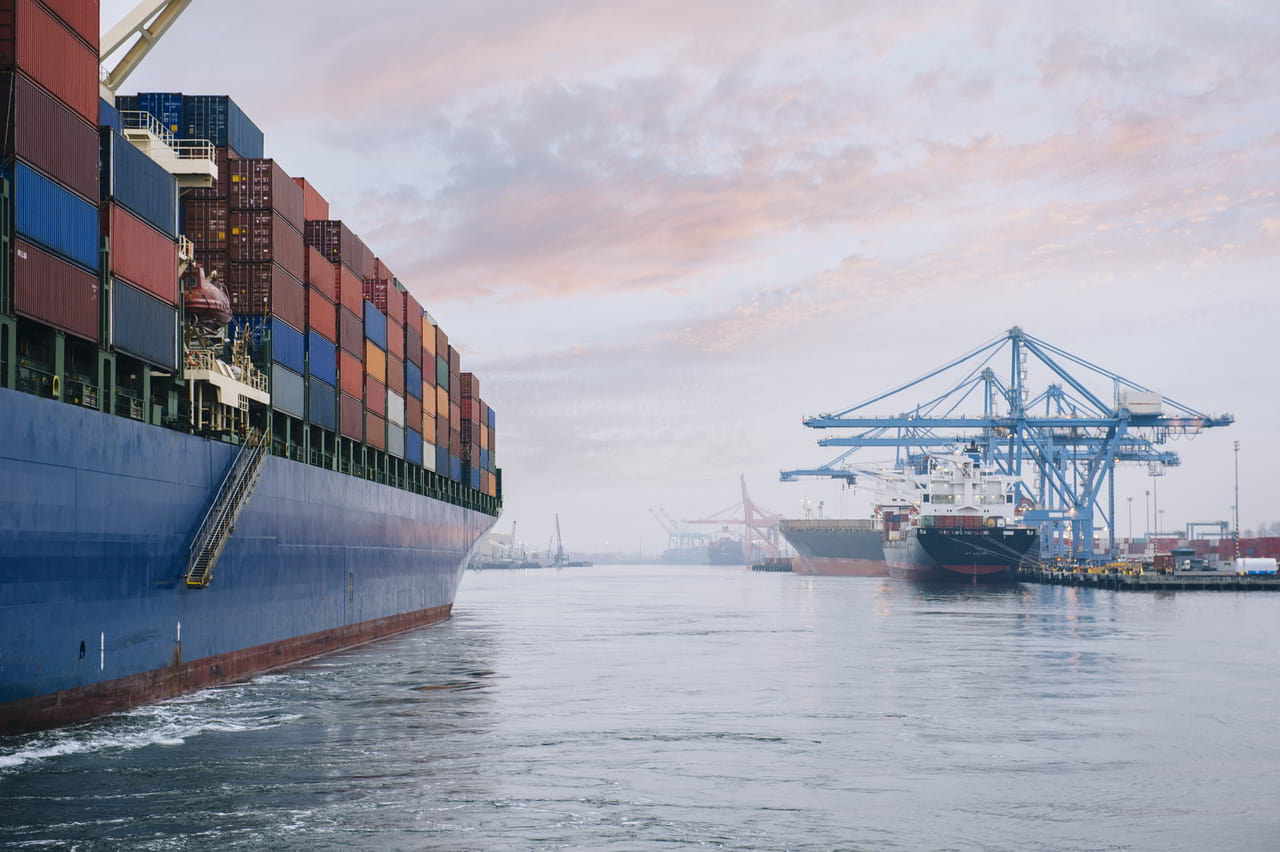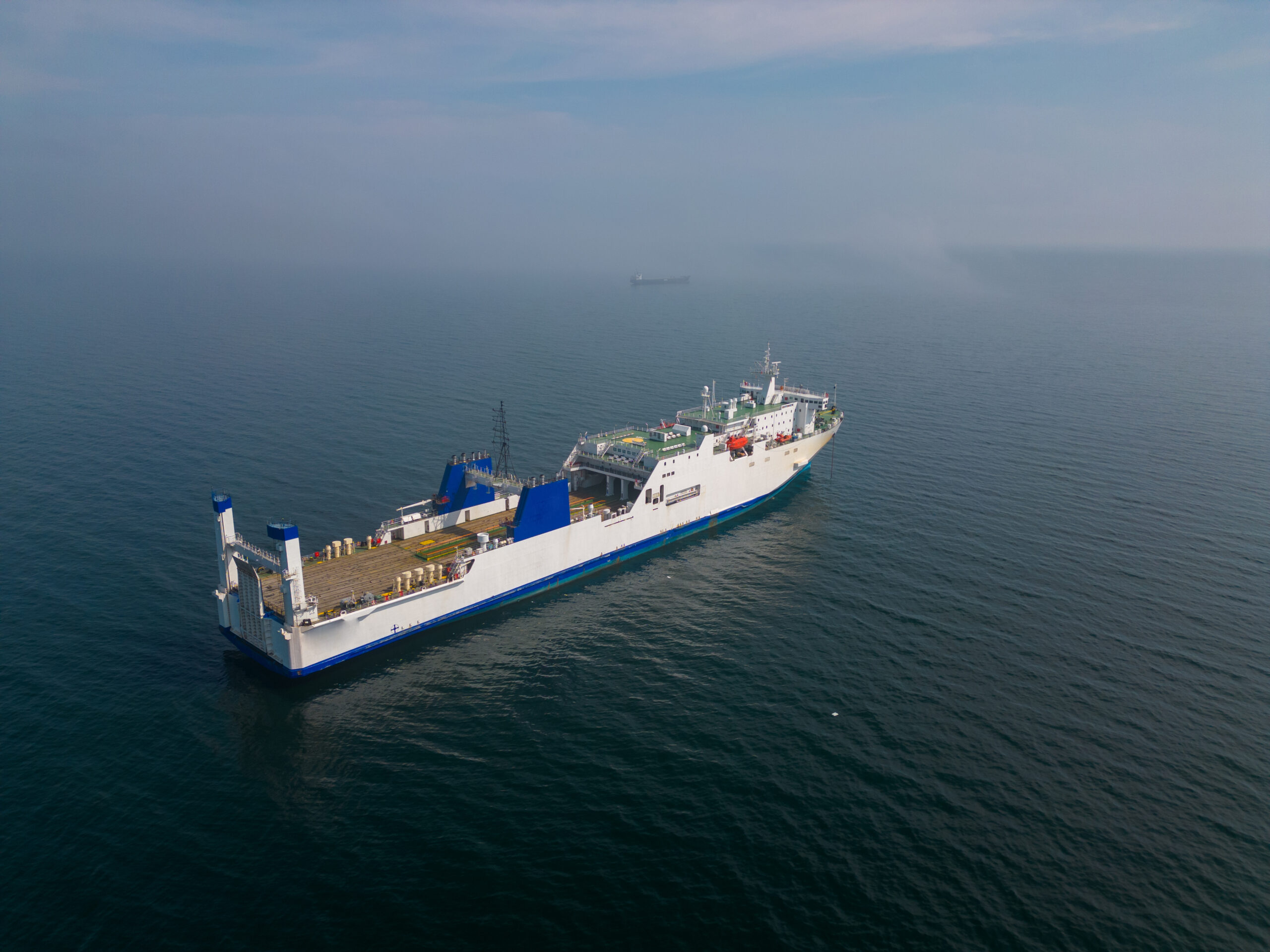The global shipping industry keeps the world connected – from the clothes we wear to the food on our tables, much of what we rely on travels by sea. But beneath this smooth flow of goods is an energy system starting to show its cracks: marine diesel.
While marine diesel has powered ships for decades, its actual costs (environmental, economic, and regulatory) are becoming harder to ignore. As industries and governments move towards cleaner, low-carbon solutions, the question isn’t just if shipping should change, but how soon it must.
In this blog, we’ll unpack the hidden costs of marine diesel, explore the sector’s mounting pressures, and introduce hydrogen as one of the most promising alternatives to marine fuel.
The Problems With Marine Diesel
Environmental
Marine diesel has long been the fuel of choice because it’s energy-dense, readily available, and relatively affordable. But burning it comes at a price far beyond the fuel invoice:
- Air pollution: Burning diesel releases harmful gases such as sulphur oxides (SOx), nitrogen oxides (NOx), carbon dioxide (CO₂), as well as fine particulate matter. These emissions drift toward coastal areas, lowering air quality and contributing to respiratory problems and environmental stress.
- Climate impact: The shipping industry’s carbon footprint is no small matter, as it’s responsible for about 3% of global CO₂ emissions, putting it on par with some major industrialised nations. That’s a significant piece of the global climate challenge.
- Acid rain: The SOx and NOx from marine engines don’t just disappear; they help form acid rain, which gradually damages forests, soils, and waterways, causing long-term ecological harm.
Even with cleaner-burning “low-sulphur” fuels, CO₂ emissions remain a core problem. In short, marine diesel pollution is a problem we can no longer ignore.
Economical
It’s easy to think diesel remains the cheapest option. After all, it’s an established fuel with global supply chains. But the full cost picture is more complex.
- Fuel price swings: Global oil prices can shift sharply, making long-term budgeting for marine operations tricky.
- Compliance costs: Meeting environmental regulations (like IMO 2020’s sulphur cap) often means retrofitting ships with exhaust scrubbers or paying for pricier low-sulphur fuels.
- Maintenance burden: Diesel engines are mechanically intensive, requiring constant maintenance and monitoring — which translates into higher operational costs over time.
As regulations tighten and the world demands cleaner operations, sticking with marine diesel will likely become more expensive, not less.
Regulatory
Stricter rules are hitting the shipping world – and many are already in effect.
- The International Maritime Organization (IMO) has set a goal to cut greenhouse gas emissions by at least 50% by 2050, compared to 2008 levels.
- Across Europe, shipping is now part of the Emissions Trading Scheme (ETS), meaning every tonne of CO₂ released in European waters comes with a carbon price.
- On top of this, more investors and customers are focusing on companies’ environmental track records, backing those that show a real push towards sustainability.
For shipping businesses, keeping pace isn’t just about following the rules but about staying competitive as the entire industry moves towards a cleaner, greener future.
Why We’re Shifting Towards Hydrogen
While biofuels, ammonia, and battery-electric systems are all on the table, hydrogen has emerged as one of the most exciting options thanks to its potential to decarbonise shipping completely.
When used in fuel cells, hydrogen creates electricity through a chemical reaction, with the only thing it leaves behind being water vapour. This means:
- Zero CO₂ emissions at the point of use
- No SOx or NOx emissions
- Better scalability for different types of ships, from short-haul ferries to long-distance cargo ships.
And, if the hydrogen is produced using renewable energy (so-called “green hydrogen”), the entire fuel cycle can be near carbon-free, allowing the shipping industry to break free from fossil fuels altogether.
What’s Holding Hydrogen Back (And How Are We Overcoming It?)
Shifting to hydrogen isn’t as simple as swapping one fuel for another. It demands a full rethink of how ships are designed, how fuel is stored on board, and how refuelling is handled at ports. That’s where we come in.
At Proteus Energy, we’re not just developing hydrogen-powered engines; we’re creating a complete, integrated solution such as:
- Engineering onboard hydrogen storage systems.
- Building robust marine-grade fuel cells that can handle harsh conditions.
- Collaborating with ports, fuel providers, and supply chains to ensure refuelling networks are in place when ships arrive.
This ecosystem approach is key to making hydrogen a practical solution, not just a theoretical one.
Why the Time for Change Is Now
Shipping can’t afford to stick with old fuel systems forever. The future demands cleaner, smarter alternatives. Hydrogen is one of the few solutions that can eliminate shipping emissions entirely, and with technology advancing fast, it’s ready for real-world use.
At Proteus Energy, we combine cutting-edge hydrogen technology, deep maritime expertise, and a commitment to practical, scalable solutions. We don’t just talk about clean shipping – we deliver it. Book a consultation with us today to partner with us and future-proof your fleet with a trusted leader driving real change in the industry.




